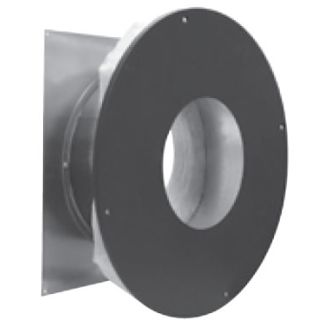Hi, I tried searching for this but didn't find any answers. I bought a 6" Selkirk Insulated Wall Thimble and looking at it it looks like the one piece of insulation inside the thimble would be resting on our double wall chimney pipe if I kept it there. I just want to get clarification on if this is ok if the insulation is touching the chimney pipe or should I just remove this section. See below if you look in the inside of the thimble there is the piece of insulation.



